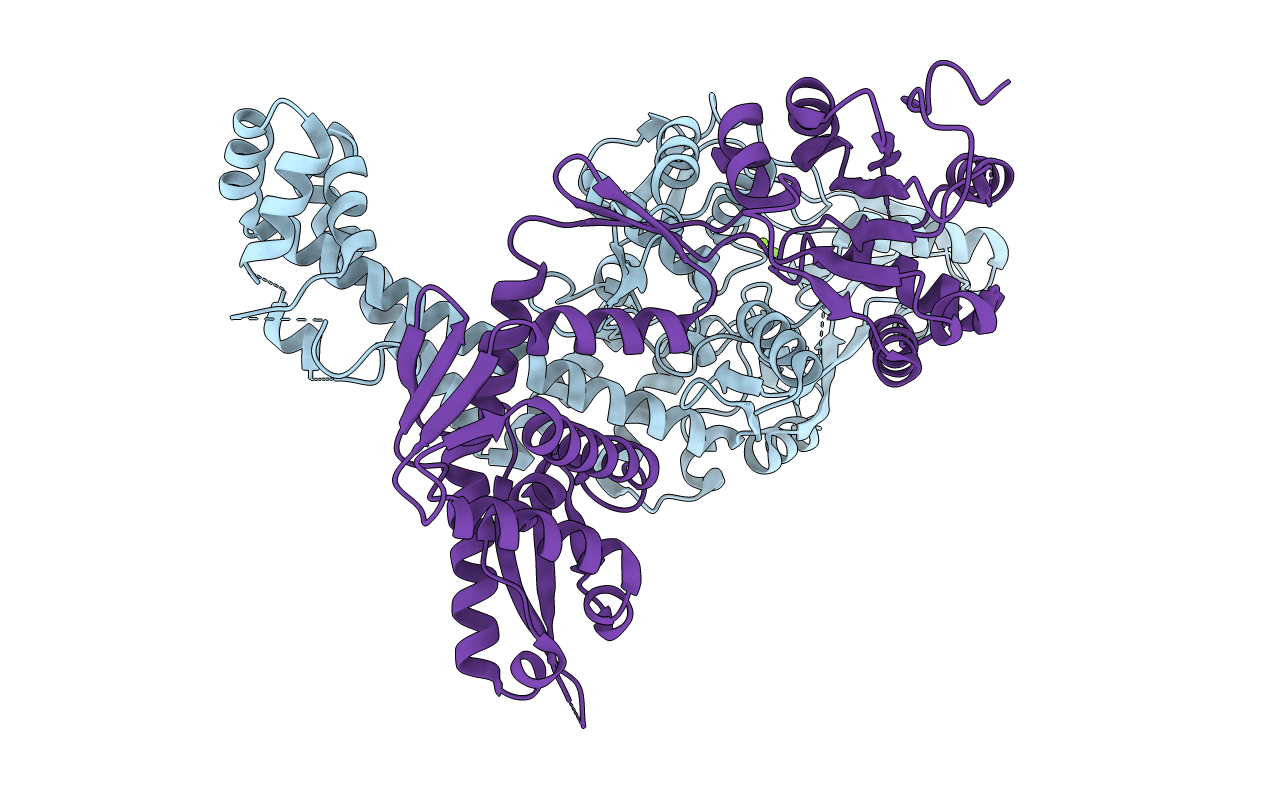
Deposition Date
2010-07-06
Release Date
2010-08-11
Last Version Date
2024-11-06
Entry Detail
PDB ID:
3NUH
Keywords:
Title:
A domain insertion in E. coli GyrB adopts a novel fold that plays a critical role in gyrase function
Biological Source:
Source Organism:
Escherichia coli (Taxon ID: 83333)
Host Organism:
Method Details:
Experimental Method:
Resolution:
3.10 Å
R-Value Free:
0.28
R-Value Work:
0.23
R-Value Observed:
0.23
Space Group:
C 2 2 21


